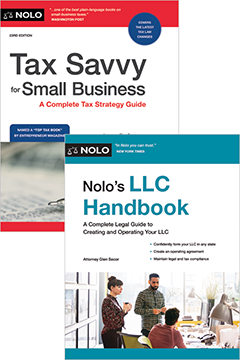Landlords in shopping centers and some strip malls may demand a share of a retail tenant's profits in addition to the monthly rent. If you have a retail business and are headed for the mall, you may be asked to pay what's known as percentage rent. Typically, only rather large and sophisticated tenants, with hefty sales, fall into this group, though it's certainly possible that lesser tenants will face this situation. If the landlord expects percentage rent from you, you'll find out early in your dealings with the owner or management company.
With a percentage rent lease, you first pay a minimum rent under a gross or net lease. Then, when your gross sales surpass a specified mark, you begin to pay a certain percent of every additional dollar in sales as additional rent. The percent that's applied is usually an industry standard (7% on every dollar) and isn't subject to much negotiation. The breakpoint is the amount of gross sales you must reach before the landlord will begin to apply the percentage multiplier and exact a share of your income.
Calculating the Breakpoint
Most real estate brokers and professional landlords use a standard way to calculate the breakpoint. This accepted method yields what's known as the natural breakpoint. Here's how it's calculated: The landlord asks for your yearly minimum sales, then figures out what you would have to make in gross profits if you were paying rent equaling only 7% of sales and had to come up with that same minimum rent amount. That figure is your natural break-point. If your gross receipts never get to that point, you never pay percentage rent. But if your gross sales meet and exceed that figure, you begin paying percentage rent on every additional dollar.
Example: Moonbucks Coffee leases space in a shopping center and pays $5,000 a month ($60,000 a year) on a gross lease. In addition, Moonbucks is subject to percentage rent of 7%, with a natural breakpoint.
The natural breakpoint is the point where the base rent equals the percentage rent. To calculate it, divide the base rent by the percentage. In this case: $5,000 ÷ 7% = $71,428. When Moonbucks' sales exceed $71,428, it must pay the landlord 7% of every dollar it brings in as sales.
Negotiating the Breakpoint
Many landlords will calculate the natural breakpoint and leave it at that—charging you a minimum rent and collecting percentage rent only after your gross receipts have surpassed the natural breakpoint. But there is no law requiring you to stick to the natural breakpoint when you negotiate the lease. Landlords and tenants can negotiate the breakpoint higher (which means that you won't have to share until you gross more than you would if you were using the break-point based on 7%) or (in which case you'll begin sharing your income with the landlord sooner than the natural breakpoint).
You may want to take the lead in suggesting a percentage greater than 7%. You may, for example, offer to pay a higher percentage of rent if you think that your income will not be rising rapidly and when it does, it will be sufficient to cover the extra expense (remember, up to that point the income is all yours). You may want to "trade" this concession for an important gain on another issue. For example, agreeing to a higher rate in exchange for a lease renewal option right might be worth it to you.
Conversely, you may want to bargain for a higher minimum rent in exchange for a breakpoint that's above the natural point. Especially if you think your income will rise quickly, you won't want to share it with the landlord until the last possible moment.
This article was excerpted from Negotiate the Best Lease for Your Business by Janet Portman



